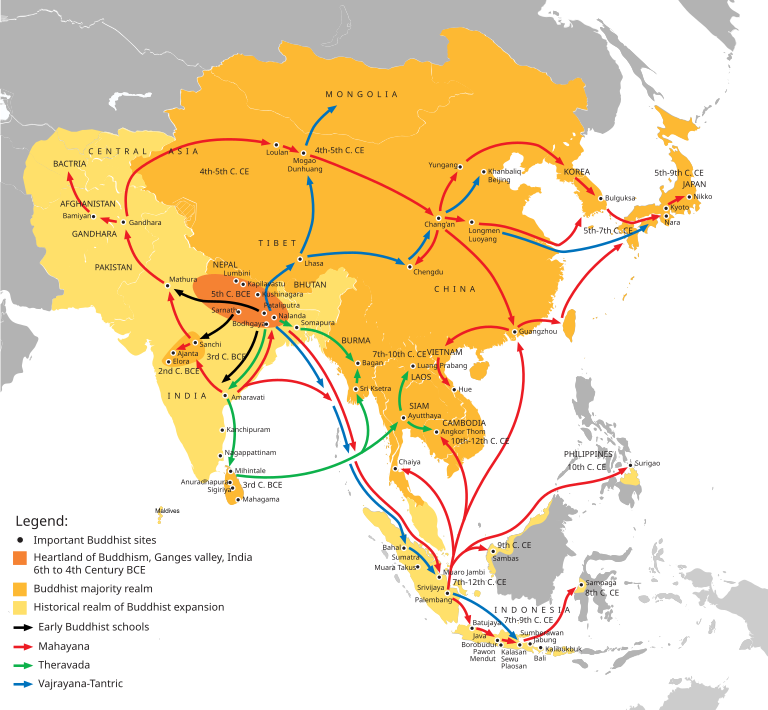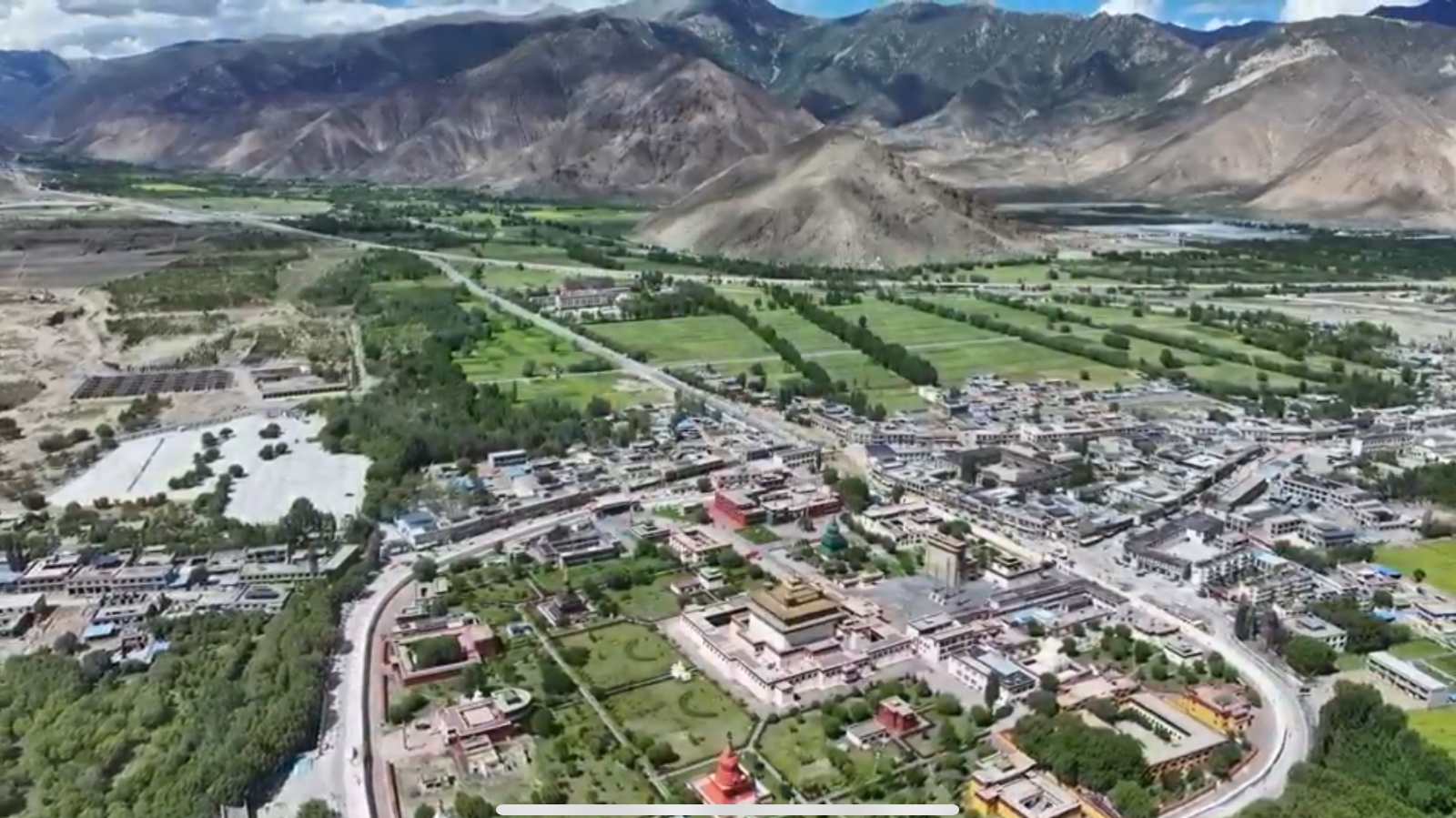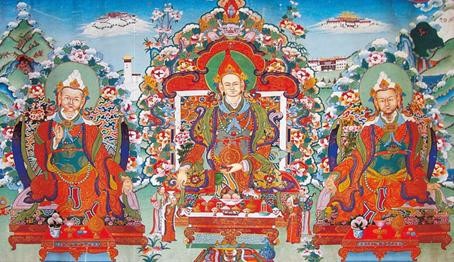General Outline of Tibetan Buddhism (1)
2023-07-17[email protected]

☸️Three major traditions of Buddhism
Buddhism: The dharma teachings revealed by the World-Honored One, Shakyamuni Buddha, upon his enlightenment.
Key Sacred Texts:
- The Jataka Tales (Buddha's Previous Lives)
- The Great Play Sutra
- The Father and Son Collection Sutra
- The Great Parinirvana Sutra
Significant Dates in Buddha's Life:
- Conception: Monday, May 24, 619 BCE
- Birth: Thursday, April 24, 618 BCE (15th day of the 4th month in the Kalachakra calendar, shortly after midnight)
- Enlightenment: Sunday, May 3, 583 BCE, at precisely 4:44:44 AM
- Passing (Parinirvana): In his 81st year, 47 years after enlightenment, on Saturday, the 15th day of the 4th month in the Kalachakra calendar, as the sun was setting
The Three Major Traditions of Buddhism:
- Tibetan Buddhism (Vajrayana) A profound tradition that traveled directly from India to Tibet, flourishing across the Tibetan Plateau, Western Sichuan, Northwestern Yunnan, Qinghai, and parts of Inner Mongolia. Its influence extends to sacred sites like Mount Wutai. Through the patronage of Yuan, Ming, and Qing dynasties, Tibetan Buddhism transcended its Himalayan origins to take root throughout China.
- Chinese Buddhism The most populous Buddhist tradition today, with the most extensive infrastructure. Buddhism entered China through two routes: one from ancient India via the Western Regions into Central Plains, later spreading to Korea, Vietnam, and Japan. This earned it the name "Northern Buddhism."
- Southern Buddhism (Theravada) This tradition journeyed south from India to Sri Lanka, where it evolved into its present form. Doctrinally, it preserves the Theravada system, closely following the teachings and practices of the Buddha and his direct disciples. This tradition flourishes in Sri Lanka, Myanmar, Thailand, Cambodia, Laos, and among the Dai, Bulang, and Benglong peoples of China's Yunnan Province. Its scriptures are preserved in the Pali language, hence its alternate name "Pali Buddhism."



